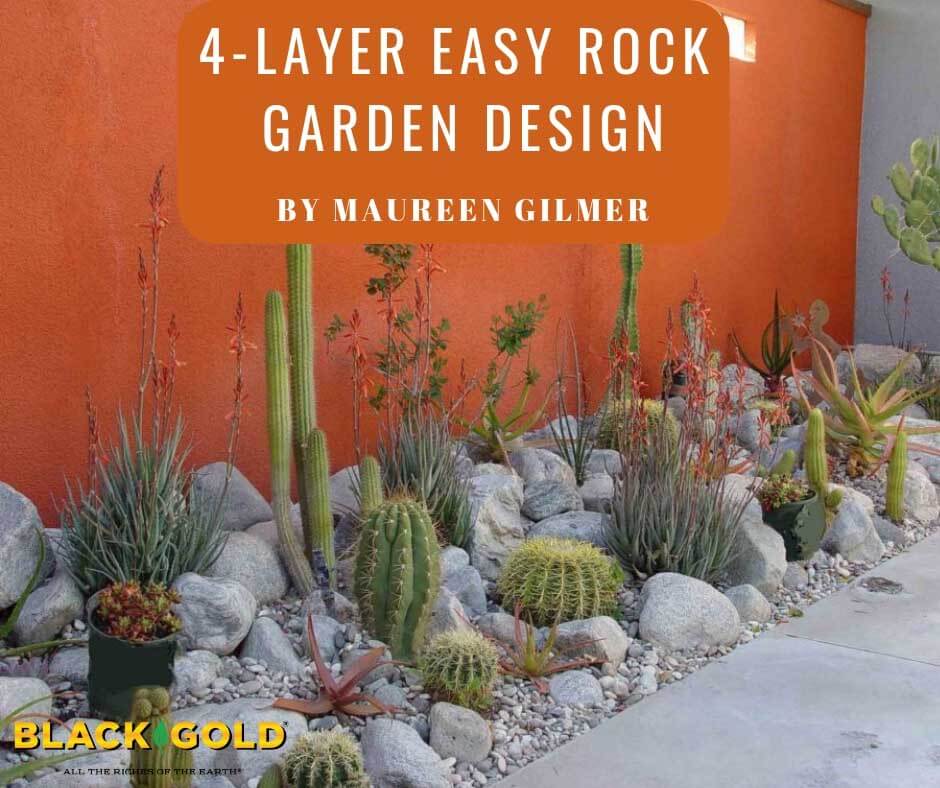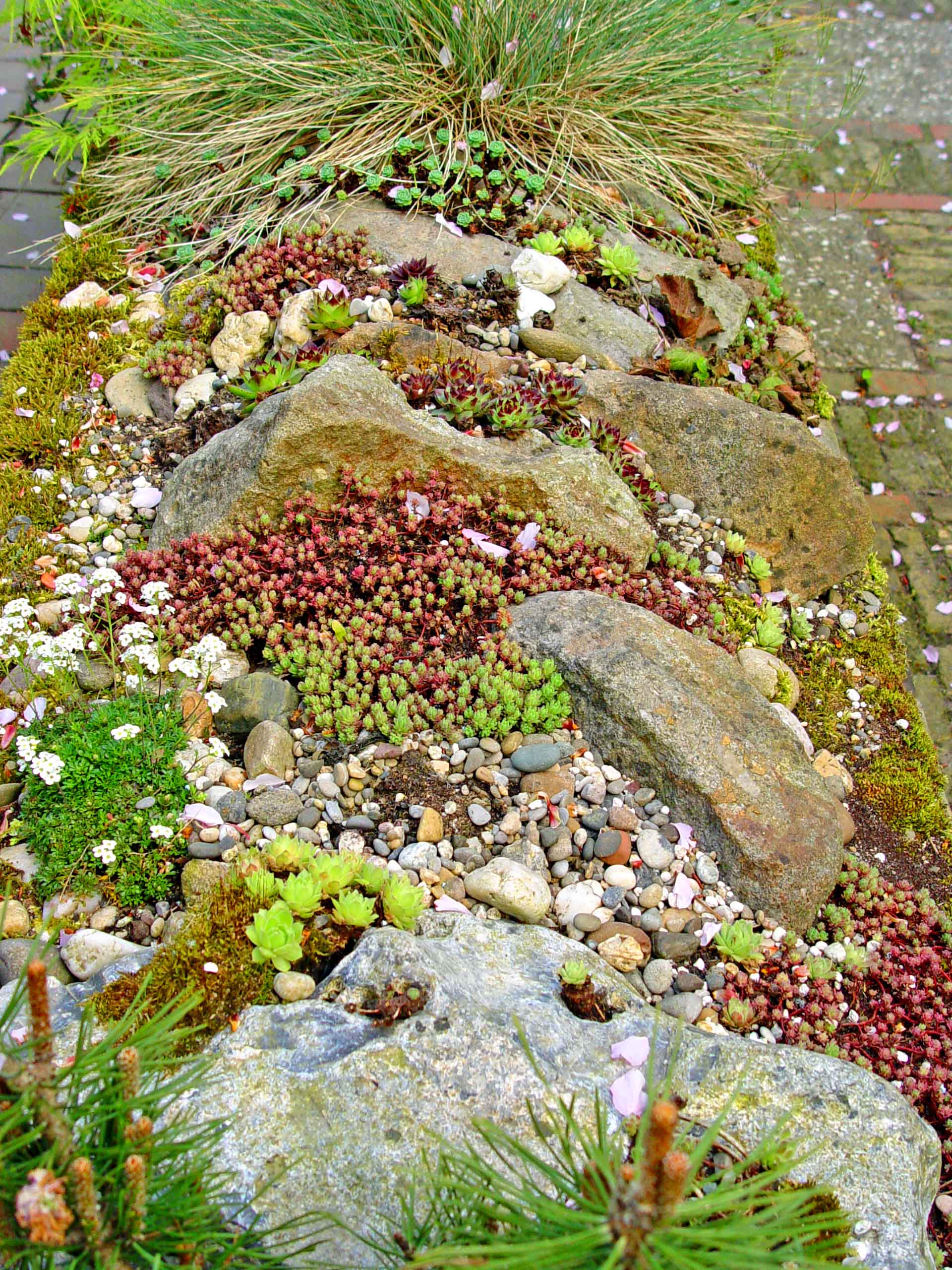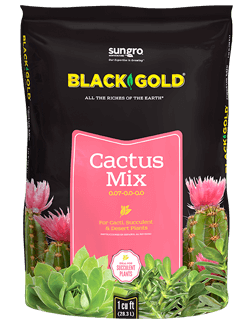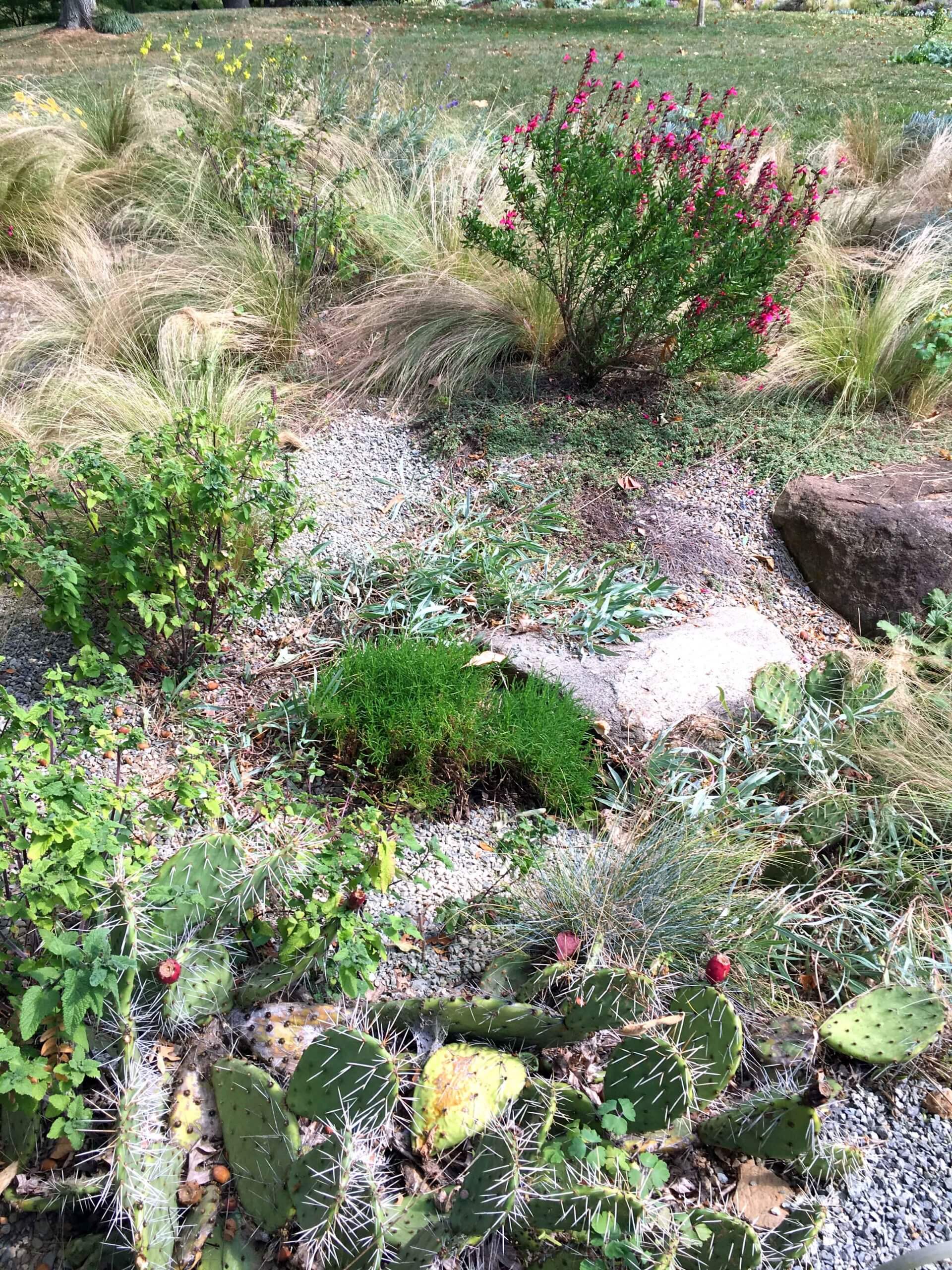
Alpine succulents from the Atlas Mountains flooded into 17th-century England where the climate and soils were totally unsuitable for growing them. This created a learning curve for English gardeners. Daily summer rains and great soil explains why their gardens are so fabulous, but succulents need high sun, fast draining soil, and occasional watering to thrive. To compensate, English gardeners learned how to build rockeries or rock gardens.

They learned that succulents could survive English winters if the soil was as well drained as a mountain scree. In the wild, alpine species thrive on mountainsides where elevated natural pockets between the rock keep them high and dry. So, the elevated English rockeries were raised with rock and pebble and created on south-facing inclines. Contemporary rock gardens in the American West use similar techniques, but the plants grown are more tender species from South Africa and Mexico.
American succulent rock gardens are easy to make, sustainable, and demand little water. Their size can be as small as a rocky trough or cover an entire front yard, but all must be sloped or mounded for increased drainage. They are easiest to create on a preexisting slope that receives full sun. South-facing slopes are best.
Creating Layered Rock Gardens
Rock gardens are created in four layers. Allow plenty of time for a thoughtful arrangement of the rocks; placement really matters. Hand place materials to resemble a natural feature where each stone looks at its best and compliments the plantings. Without careful design and placement, rock gardens can look like rock piles!
Layer 1 – Place Anchors: Anchors are key boulders and large rocks that are higher than the final garden grade. They provide height, help support smaller stones, and reduce erosion. Set them within the bed area in a naturalistic, irregular arrangement that’s pleasing to the eye.
Layer 2 – Cobble/Rubble: Stones on this layer range from slightly larger than your fist to robin’s egg sized. They can be rounded river rock, cobble, or coarse crushed stone with sharp edges that grab the soil on slopes. Rounded rock or cobble tends to roll or slide without the structure of supporting anchor stones. Leave gaps between the anchor stones to support and raise the planting layer on top. Leave deeper pockets for planting larger plants.
Layer 3 – Fill Soil: Pour Black Gold Cactus Mix into all the openings between the cobble/rubble layer. Pack the mix well to avoid washouts.
Layer 4 – Gravel Mulch: Succulents of all kinds love gravel surface mulch. It prevents the mix from washing out and reduces slope erosion. Its addition will result in conditions ideal for both tender and hardy succulents as well as small arid grasses and perennials.
Keep Planting!
 A rock garden isn’t static; it’s always changing. Alpine Sedum will spread into crevices and along stones to create vivid mats of color. Bright Sempervivum will send up their tall blossoms in late spring. Gorgeous Echeveria hybrids will prove to be the perfect accent plants for hot summer weather.
A rock garden isn’t static; it’s always changing. Alpine Sedum will spread into crevices and along stones to create vivid mats of color. Bright Sempervivum will send up their tall blossoms in late spring. Gorgeous Echeveria hybrids will prove to be the perfect accent plants for hot summer weather.
Over time, rock garden soils will settle and gravel will erode, but that’s okay. It’s a natural process. When soil layers become too thin, add more Black Gold Cactus Mix. To slow erosion as you add the mix, loosen the soil at the bottom, incorporate the mix, and cover with fresh gravel mulch. If you want to create new planting pockets, just remove some small- to medium-sized rocks, dig a new hole, and add fresh mix.
Locally mined stone is more affordable due to the short hauling distance. Visit a local rock yard and take a good look at what’s available in your area before you start your rock garden. Visualize what you want, determine the garden’s area and plantings, order the rock, succulents, and bags of Black Gold Cactus Mix, and you’re on your way to a fabulous new succulent rock garden!


